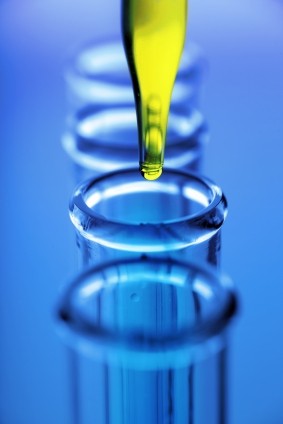FDA draft guidance urges manufacturers to substantiate product safety

In its guidance, the FDA is encouraging manufacturers to discuss the test methods and data needed to substantiate product safety before incorporating new nanomaterials or an altered nanosized version of an existing ingredient into a product's formulation.
It says this might include chronic toxicity and other long-term toxicity data.
“[The guidance] is intended to assist industry and other stakeholders in identifying the potential safety issues of nanomaterials in cosmetic products and developing a framework for evaluating them,” says FDA.
Guidance on safety
“This guidance also provides contact information for manufacturers and sponsors who wish to discuss with FDA safety considerations regarding the use of specific nanomaterials in cosmetic products."
Nanotechnology is an evolving technology that allows scientists to create, explore, and manipulate materials on a scale measured in nanometers; particles so small that they cannot be seen with a regular microscope.
The technology has a broad range of potential applications, such altering the look and feel of cosmetics.
With the exception of color additives, FDA does not subject cosmetic products or cosmetic ingredients to premarket approval, as long as the ingredient use does not contaminate or misbrand the product.
Product alterations
According to FDA, cosmetic ingredients at the nanoscale might change the product's performance, quality, safety, and/or effectiveness.
In addition, the regulatory body states use of nanomaterials may alter the bioavailability of the cosmetic formulation, and in some cases, the traditional tests relied upon to determine safety might not be fully applicable.
It has divided nanomaterials into two groups:
- Soluble and/or biodegradable nanoparticles that disintegrate into their molecular components upon application to skin.
- Insoluble and/or biopersistent nanoparticles. FDA notes that risk assessment based on mass metrics may be adequate for the soluble nanoparticles, but insoluble components may require other metrics.
The full guidance can be seen here









